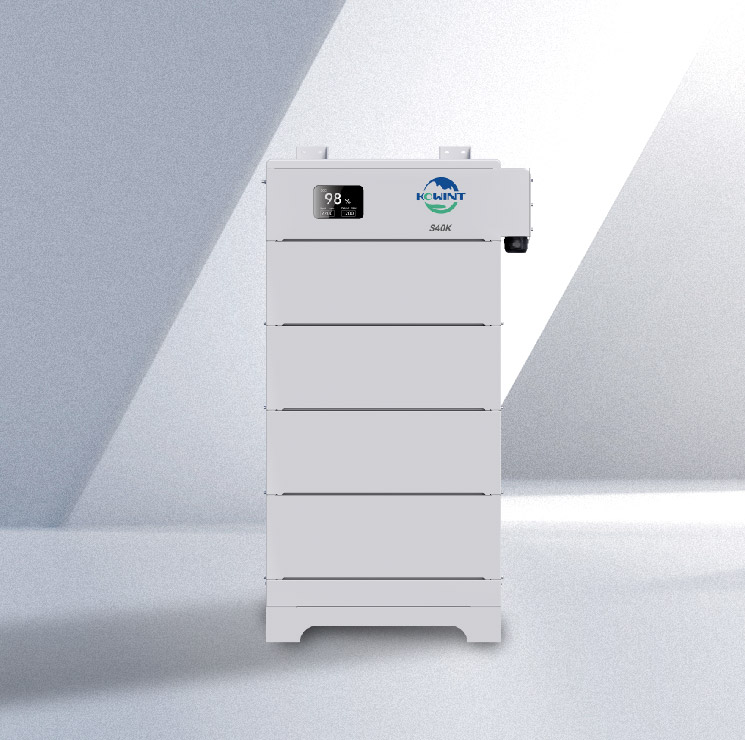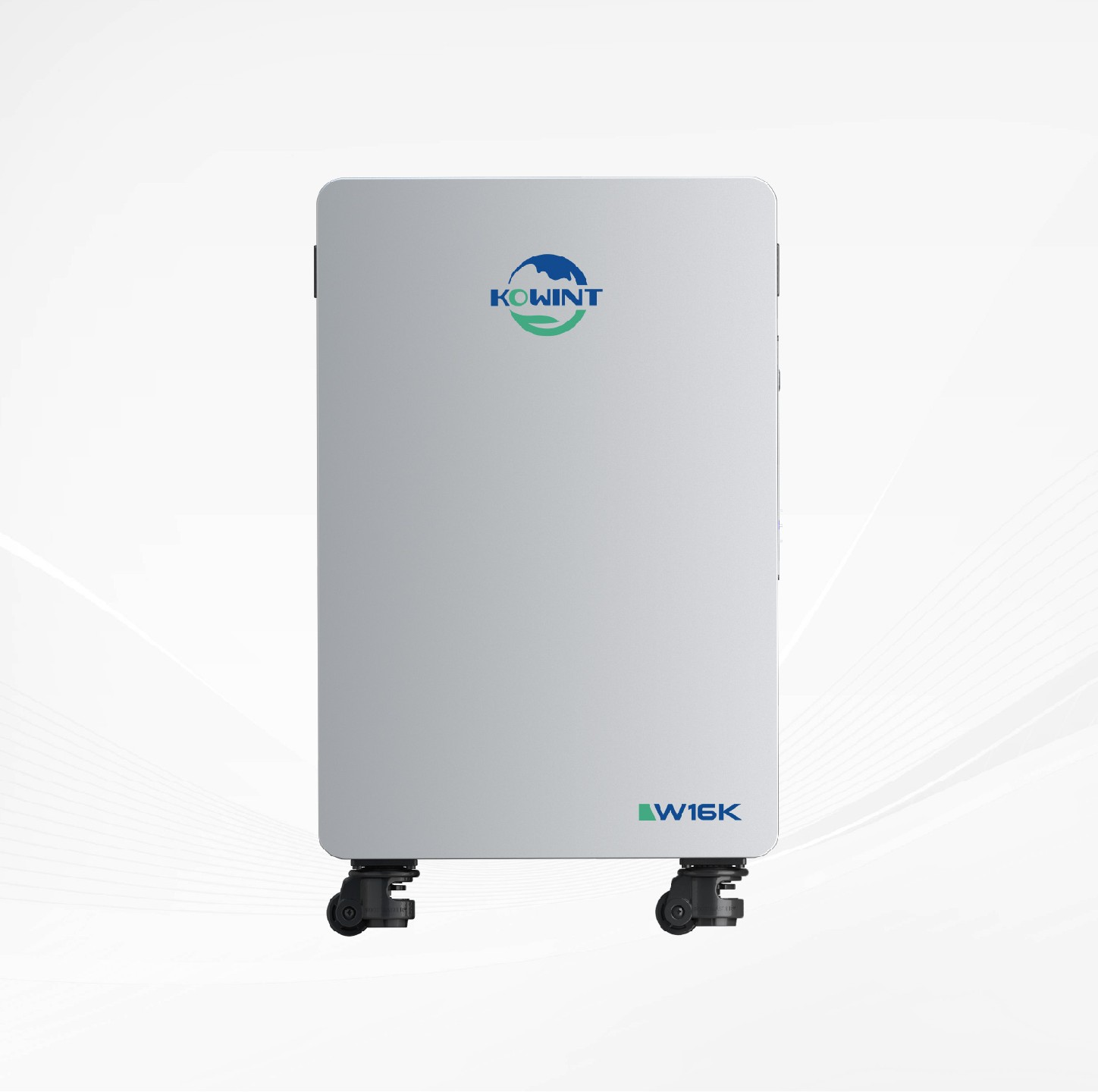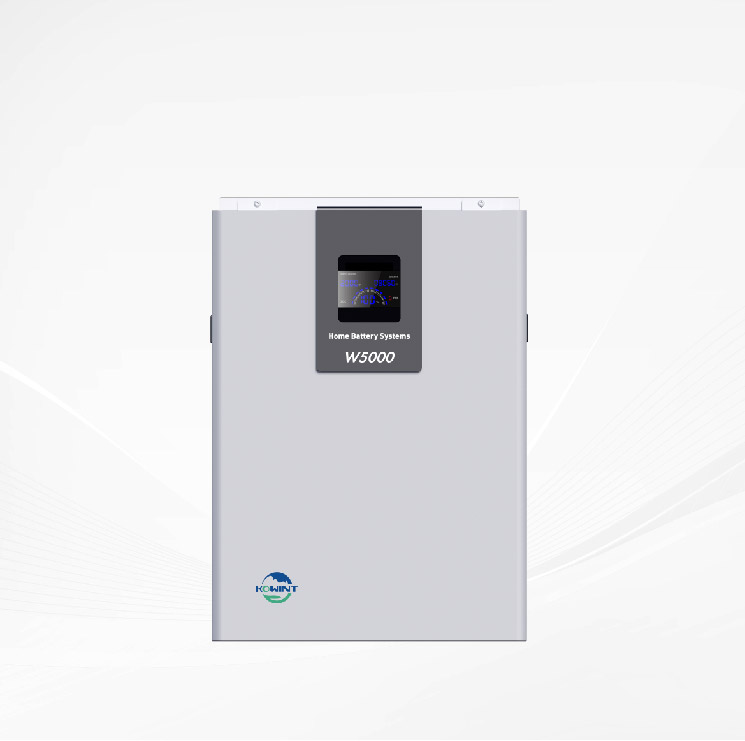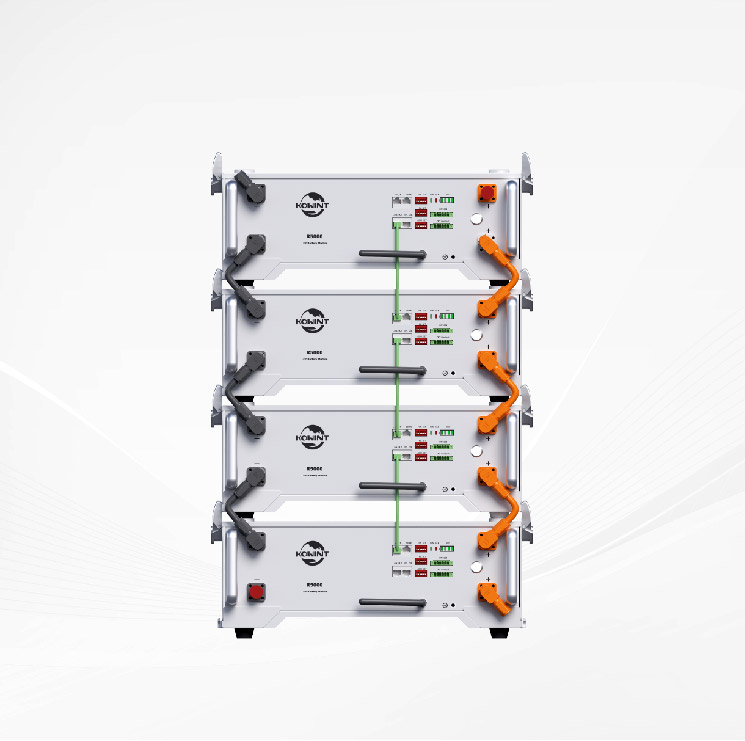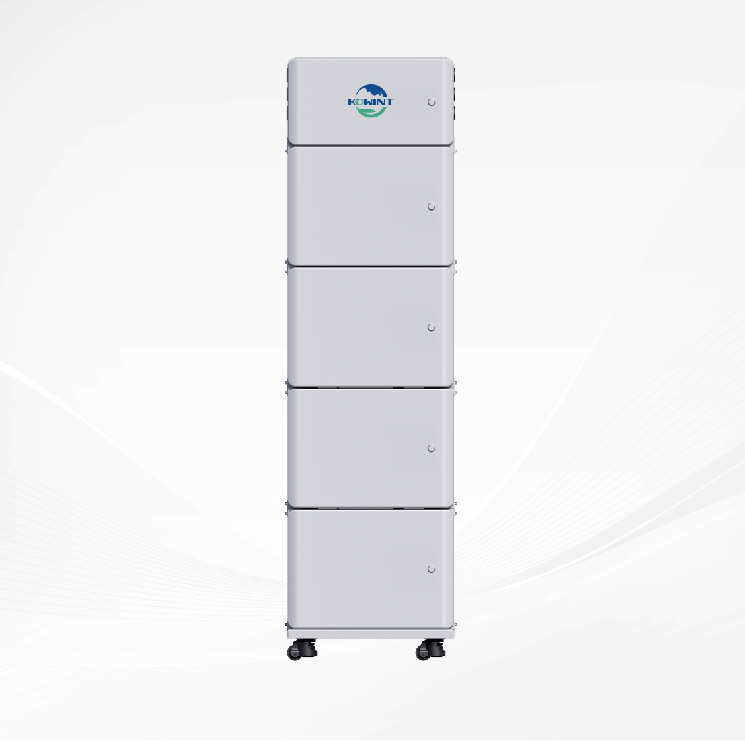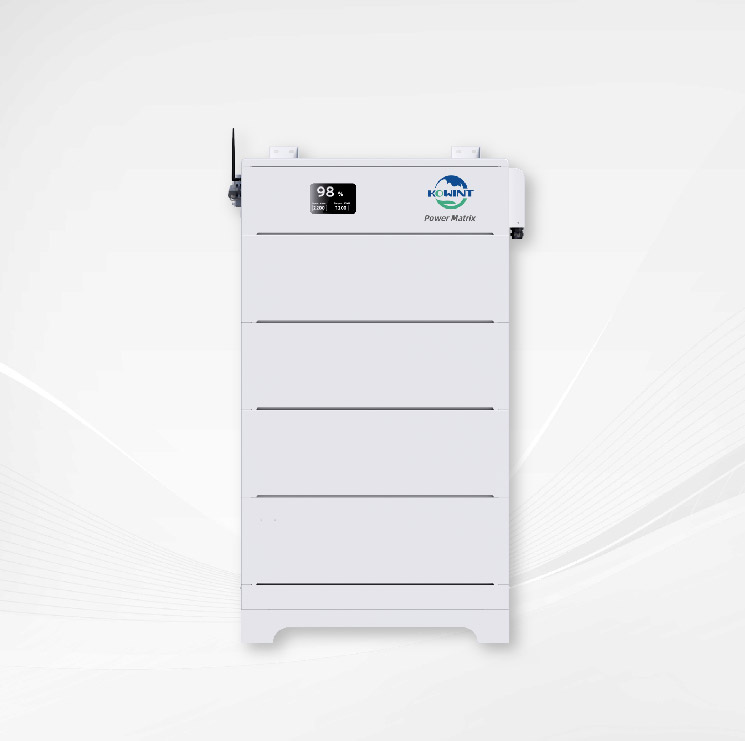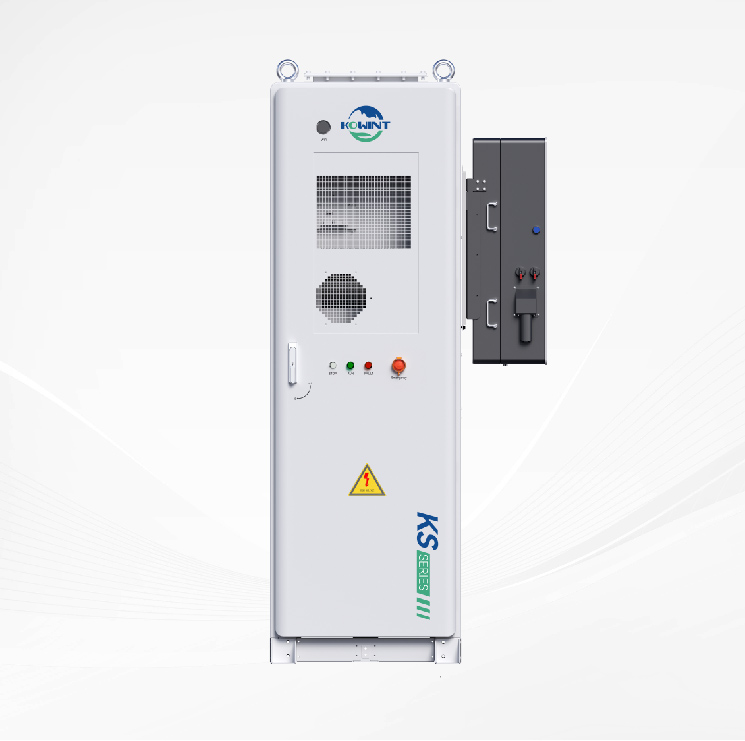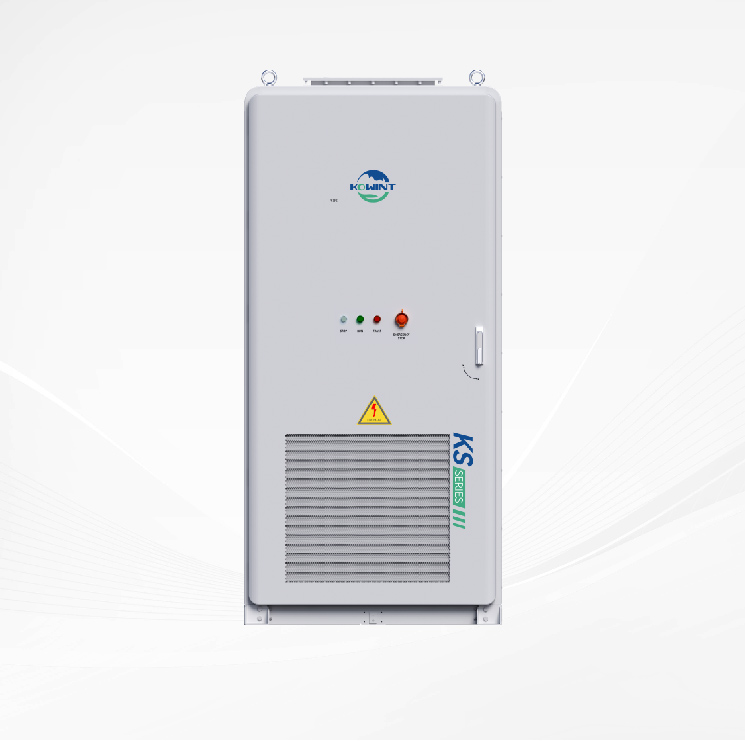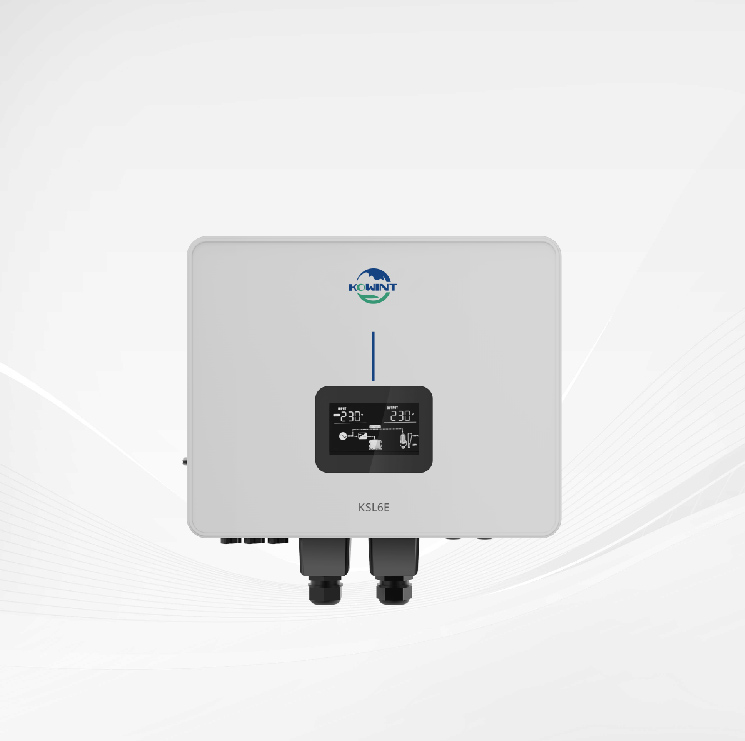Power on the Go: Charging Your EV with a Portable Generator
The advantages of owning an electric vehicle (EV) are numerous. Tax credits and other benefits may be available for your purchase depending on where you reside and when you make the investment. In addition, you won't have to worry about as many regular maintenance items with an EV because they don't use as many fluids as gasoline-powered vehicles do, such as engine oil.
One thing you'll have to do regularly is charge the battery in your EV, which can be trickier than you might think.
How long does it take to charge an electric vehicle, and how does it work? Is it possible to charge an EV with a portable generator in the event of a blackout? Is it better to rent or buy a generator for this purpose?
We'll address each of these concerns in depth today.
How to Charge an EV
There are a several options for charging your EV, whether you're at home or on the road.
These strategies are typically broken up into three distinct tiers. The first two categories are more relevant to slow charging at home and the third to fast charging at public charging stations for electric vehicles. So as to continue this discussion, let's go through these labels again.

Level 1: 120 Volts
Typically, a "Level 1" charging cord is included with the purchase of an EV. It operates on 120-volt AC energy and may be plugged into any regular household socket.
The end of this power cord is designed to fit into a regular three-prong NEMA plug found in most homes. The opposite end will include a connector for use with the EV's charging port.
Cables for Level 1 charging may be used interchangeably, but this is not always the case. Many different kinds of connectors could be used, however the two most common are:
l Tesla connections
l SAE J1772 plugs
Most electric vehicle producers today utilise the J1772 connector.
One notable outlier is Tesla, which has a proprietary connector style for use exclusively with its own automobiles. If you don't have access to a Tesla charging cord, you can utilise the J1772 adaptor that comes standard in all Tesla vehicles.
Having a Level 1 charging cord in your car at all times will increase your charging flexibility when you're on the go, regardless of the type of cord you have.
How Long Does Level 1 Charging Take?
A typical electric vehicle may gain about 5 miles of range per hour when charging from a conventional household socket.
Your battery might be charged to Level 1 overnight, giving you about 40 miles of range. For many folks, this is sufficient to get them through the morning commute.
Level 2: 240 Volts
Charging an electric vehicle at home can be done quickly using "Level 2" charging. Level 2 charging stations can be found in a variety of public locations, including public charging stations and office parking lots. Those drivers in particular will find the Level 2 charging technique intriguing because it allows them to:
l Commute a great distance
l Can't afford to wait around for long charging periods in between journeys
l Need anything to help them relax before they take off in a pinch
There is a price, though. Since Level 2 charging often necessitates: the purchase of new equipment an electrical upgrade, it is not widely available.
To power a Level 2 charger, you'll need a 240-volt outlet, similar to what you'd find in a laundry room or garage. You should hire an electrician to put one in your garage if you don't already have one.
When compared to a regular household outlet, the voltage and amperage (amps) available from a Level 2 charging system installed in your garage are effectively doubled.
A Level 2 charging station may require as much as 80 amps to run, depending on the equipment and the power source, however 30 amps is more normal in a domestic environment (a standard home outlet typically produces about 15 amps).
How Long Does Level 2 Charging Take?
Your vehicle's charger and the charging equipment's amperage capacity will determine how quickly Level 2 charging may occur.
A Level 2 charging station may be able to restore your car's battery to full power at a rate of 25 miles per hour or more, depending on its specific capabilities.
Level 3: DC Fast Charging
Public charging stations along interstates and other high-traffic areas provide the fastest charging speeds for electric vehicles. More than 15% of public charging stations were DC fast chargers as of 2021, and their share is only expected to grow.
Compared to Level 1 and Level 2 chargers, the charging time at these DC-powered stations is incredibly quick.
Different connectors are needed for a DC fast charger due to the higher power output. These three DC rapid charging ports are the most common:
l CHAdeMO connectors CCS connectors (also known as the "SAE J1772 combo" connector)
l Tesla junctions
l CCS connectors use the same top half of the charging port as Level 1 and 2 connectors, plus two additional pins. However, CHAdeMO connectors are typically located in a charging port that is distinct from the Level 1 or 2 charging port.
Tesla's simple unique connectors are the same for all charging levels. But if you needed to use a charging station for electric vehicles that only had CHAdeMO connectors, you'd have to shell out for yet another accessory.
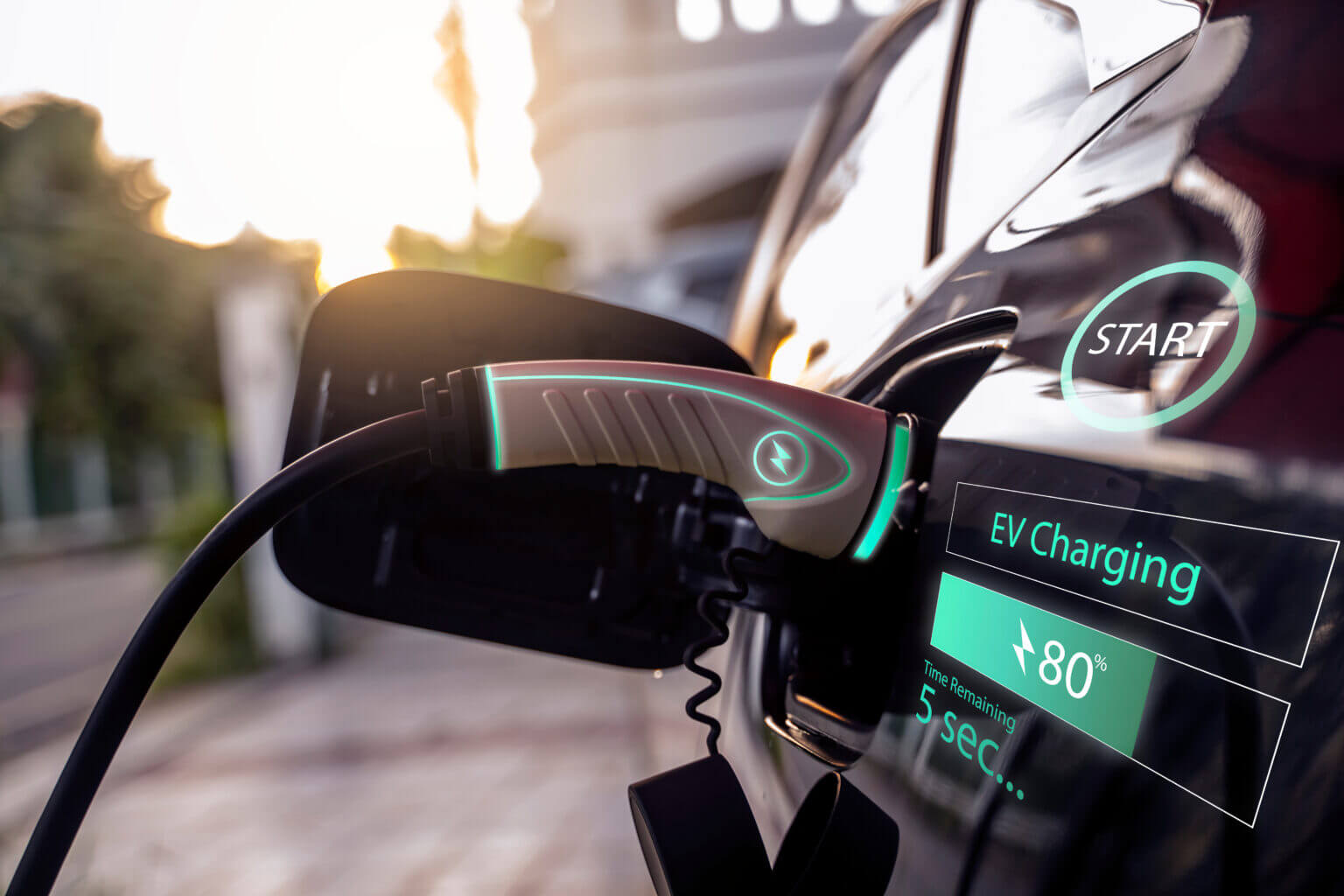
How Long Does Level 3 Charging Take?
Time required for DC rapid charging can vary depending on the EV charger, but in general it is substantially quicker. After only thirty minutes of charging, you can add between one hundred and two hundred miles to your battery's range.
How Long Does It Take to Charge an Electric Vehicle?
It is time for a brief review. Here is a side-by-side comparison of how long each charging level can take, now that you know how the primary EV charging levels compare:
l Range expansion at the rate of 5 miles per hour on Level 1 (120V)
l 25 miles per hour on Level 2 (240V)
l 100-200 miles every half an hour on Level 3 (DC Fast Charging)
Checking the owner's manual should tell you how long it takes to charge your EV to various levels of battery power.
Can a Portable Generator Be Used to Charge an Electric Vehicle?
Imagine being stuck indoors during a snowfall that has knocked out your power. Your electricity is out and you have no idea when it will be restored, but you still have to travel to work in the morning (and your electric vehicle only had approximately 10 miles of range left when you went home tonight).
Is it possible to utilise a generator to power an electric vehicle? Sure, but whether or not it makes sense to do so is conditional on the specifics of the situation. It may be more cost-effective to put your generator to another use. Prepare for a winter storm by having a generator on hand.
The Benefits of Using a Portable Generator to Charge an Electric Vehicle
Charging your electric vehicle with a portable generator has many obvious benefits, including (but not limited to) the following:
l The ability to charge your vehicle in the event that grid power is interrupted;
l Charging your vehicle "on the go" if you have a portable inverter generator;
l Charging your vehicle while "off the grid" or in remote locations;
l Charging your vehicle "on the go" if you have a portable inverter generator
When using a portable generator, you also have a lot more say over how your electric vehicle's battery charges.
Recommended Pure Shine Wave Inverter Generators
The greatest portable pure shine wave generators for charging your EV are listed below. Because of its compact size, 100% pure shive wave production, and portability, these are an excellent investment.
Considerations Prior to Using a Portable Generator to Charge Your EV
You should take it easy and keep an eye on the charging process whenever you use a portable generator to power your electronic car.
Turn raise the amperage gradually, and never use more than the charging station can safely handle.
Even though an inverter generator can be used to charge an electric vehicle, doing so carelessly could result in a disaster.
Portable inverter generators can be used to charge electric vehicles, but the process can be time-consuming and sluggish. Therefore, it is not necessary to fully charge the vehicle. The bare minimum to bring you to an appropriate charging station.
This is not something that should be done on a regular basis. And it should be reserved for truly dire situations.


 Residential Energy Storage System
Residential Energy Storage System Commercial & Industrial BESS
Commercial & Industrial BESS Residential inverter
Residential inverter